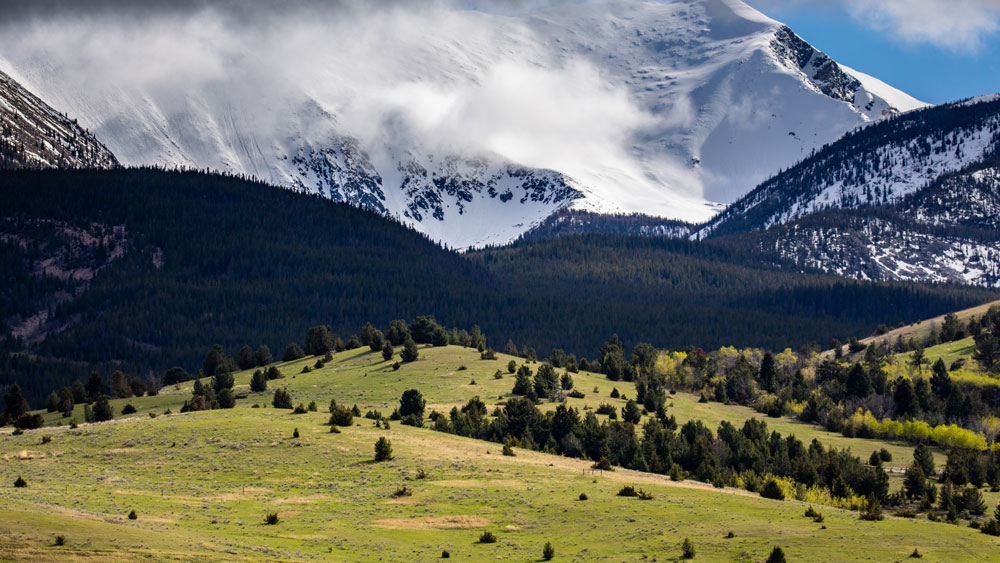Look at the structure Idaho uses for A and B tags.
I would love this approach in MT and have mentioned it to a few people within the agency
Follow along with the video below to see how to install our site as a web app on your home screen.
Note: This feature may not be available in some browsers.
Look at the structure Idaho uses for A and B tags.
If all this is correct then why are there plenty of mule deer does in most of region 3 and very few bucks? Fawns are dropped at a 50/50 ratio at birth.Revenue, that is what they have to lose. That and the fact that it would wake people up to the utter failure of mule deer management in SW Mt.
I could mention another 1/2 dozen units that closing the season would have a very minimal effect on Mule deer numbers, but FWP knows that.
The big problem that I see, is that fixing the Mule deer problem in SW Mt would take the opposite of what the majority of the outspoken members on this site are lobbying for.
It would take less elk on the land, not more. And it would take active predator management. The predator management that I am talking about will not be addressed by relaxing restrictions on taking wolves. Killing more wolves will very possibly make it worse for Mule deer.
There is no doubt in my mind that FWP knows what needs to be done to improve the Mule deer population in region 3.
There is also no doubt in my mind that there will be less Mule deer in region 3 in ten years than there are now.
I copied this a while back, I can't remember exactly where but it sums it up, other than they are careful to substitute conifer encroachment in place of predators. While I will not argue that conifer encroachment can limit carrying capacity for deer, I will argue that at 10 percent of the previous population, conifer encroachment is not a limiting factor.
The spread of conifers: Douglas fir, Rocky Mountain juniper, and other conifers have spread across mountainsides and foothills. ﬔe conifers outcompete the forbs, shrubs (such as mountain mahogany, antelope bitterbrush, and sagebrush), and young quaking aspen that mule deer eat. ﬔis “conifer expansion” has been caused by decades of fire suppression and reduced tree cutting on federal, state, and private lands. 2. Competition from elk and whitetails: Elk and mule deer share much of the same habitat. ﬔough their diets don’t overlap completely, an elk eats three times more than a mule deer and is better able to reach browse in deep snow. In much of Montana’s prime mule deer country, elk numbers are now three or four times greater than they were in the 1980s, and they have taken over areas previously dominated by mule deer. For instance, in several hunting districts in south western Montana, winter elk counts have increased from a total of about 4,000 in 1980 to more than 17,000 in 2015. Mule deer numbers in those same hunting districts have declined by 64 percent. Mule deer also face competition from white-tailed deer, which generally do better in areas altered by human development. “ﬔe increase in conifers, elk, and whitetails in mule deer country is the new normal,” says John Vore, chief of FWP’s Game Management Bureau. “We’ll never have muley numbers in western Montana like we did in the 1980s unless we can magically change all that and make everything like it was 40 years ago.”
The fact that predators don't even get a mention insures that it is all down hill for mule deer from here.

****
Not knocking anyone for habitat interest. Definitely valuable though support organizations who's already experienced with habitat enhancements.